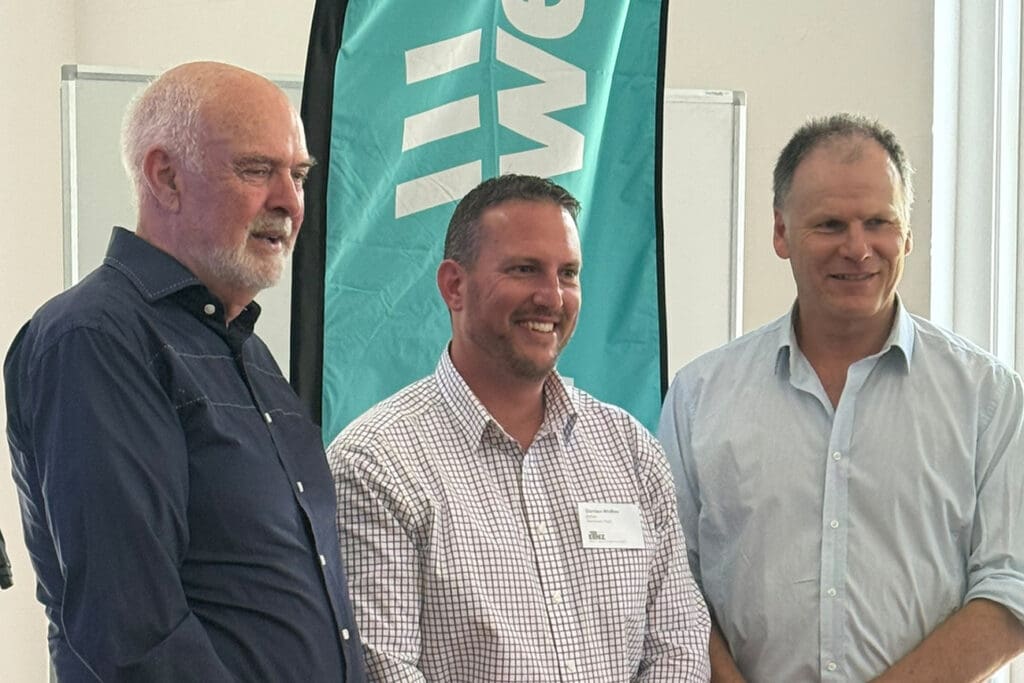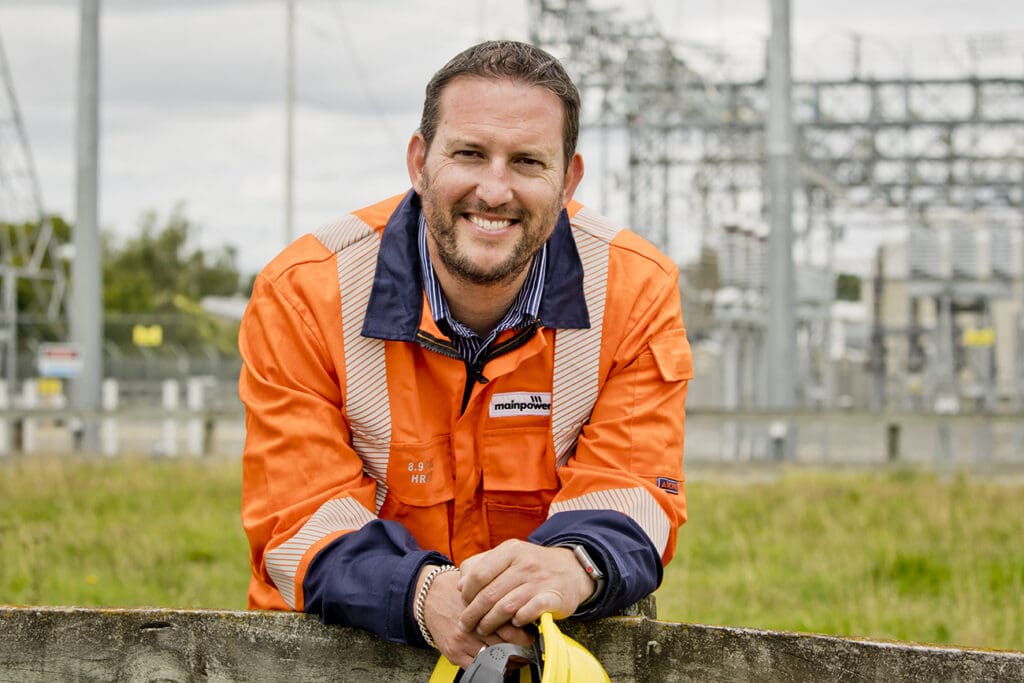MainPower are carrying out aerial power line inspections on the electricity network between 24th May and mid-June.
The inspections will be completed using a camera mounted on a helicopter flying 500-1000ft above power lines. This is a normal height at which aircraft, such as Westpac rescue helicopters, operate at.
The helicopter will be flying continuously at a moderate speed and hovering is not expected. Some turning or circling may be necessary in some areas, to fully capture the powerline imagery we require.
It will only be in your area for a short time as it moves across the network.Electricity supply will not be affected during the inspections.
The inspections are weather permitting, so at this stage, we cannot give specific times the aircraft will be near properties.
If you would like more information, please contact our inspection provider, Aethon Aerial – Project Manager Chris Demuth | cdemuth@aethonaerial.com


